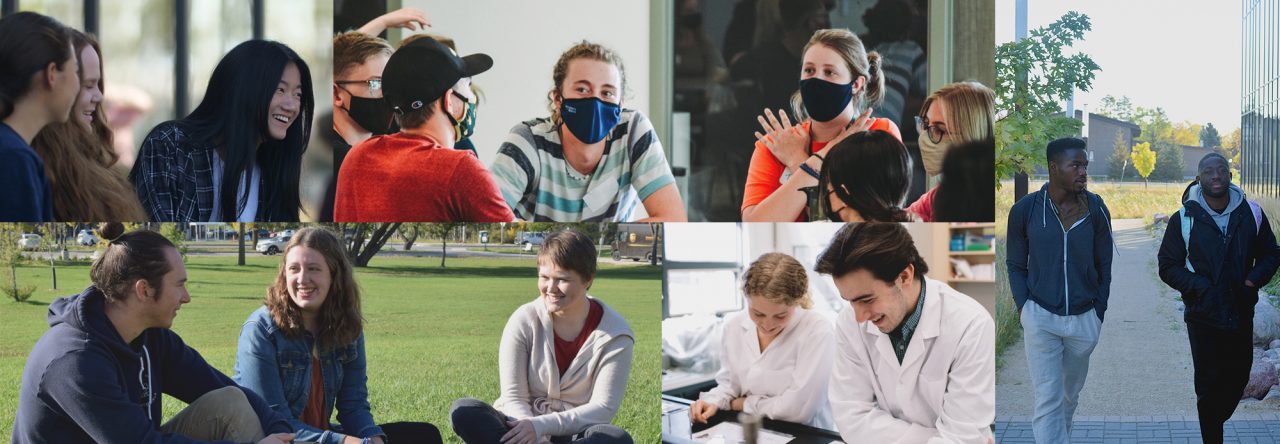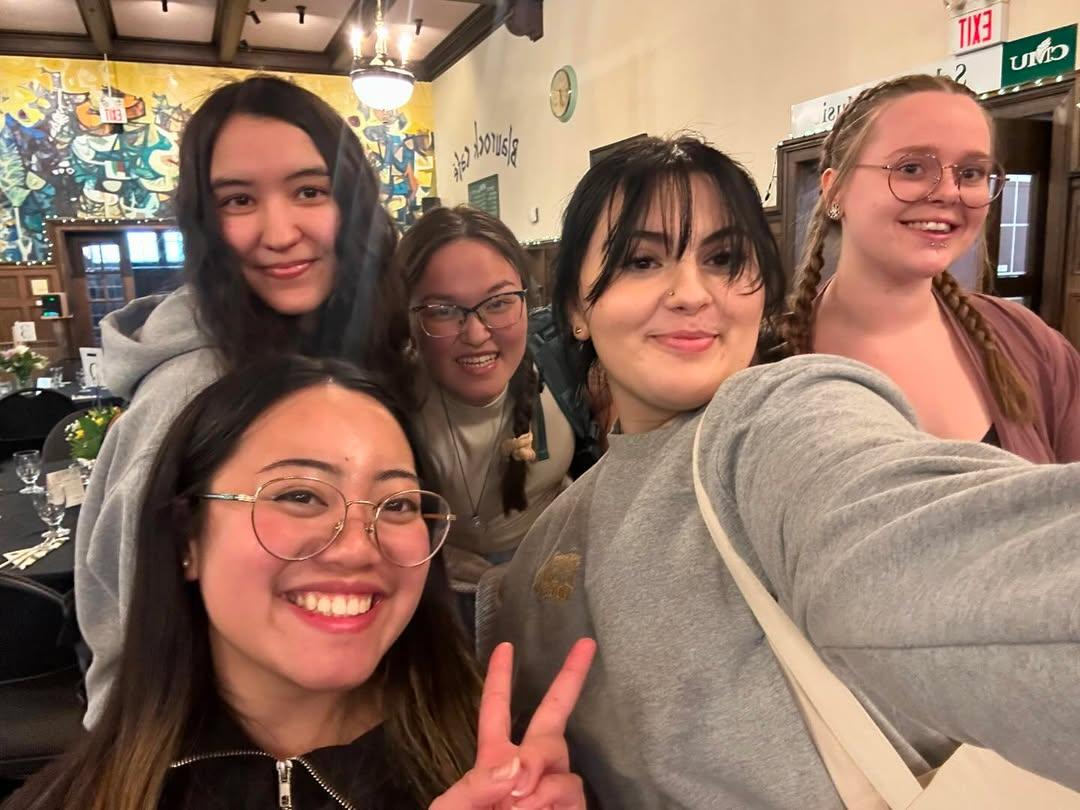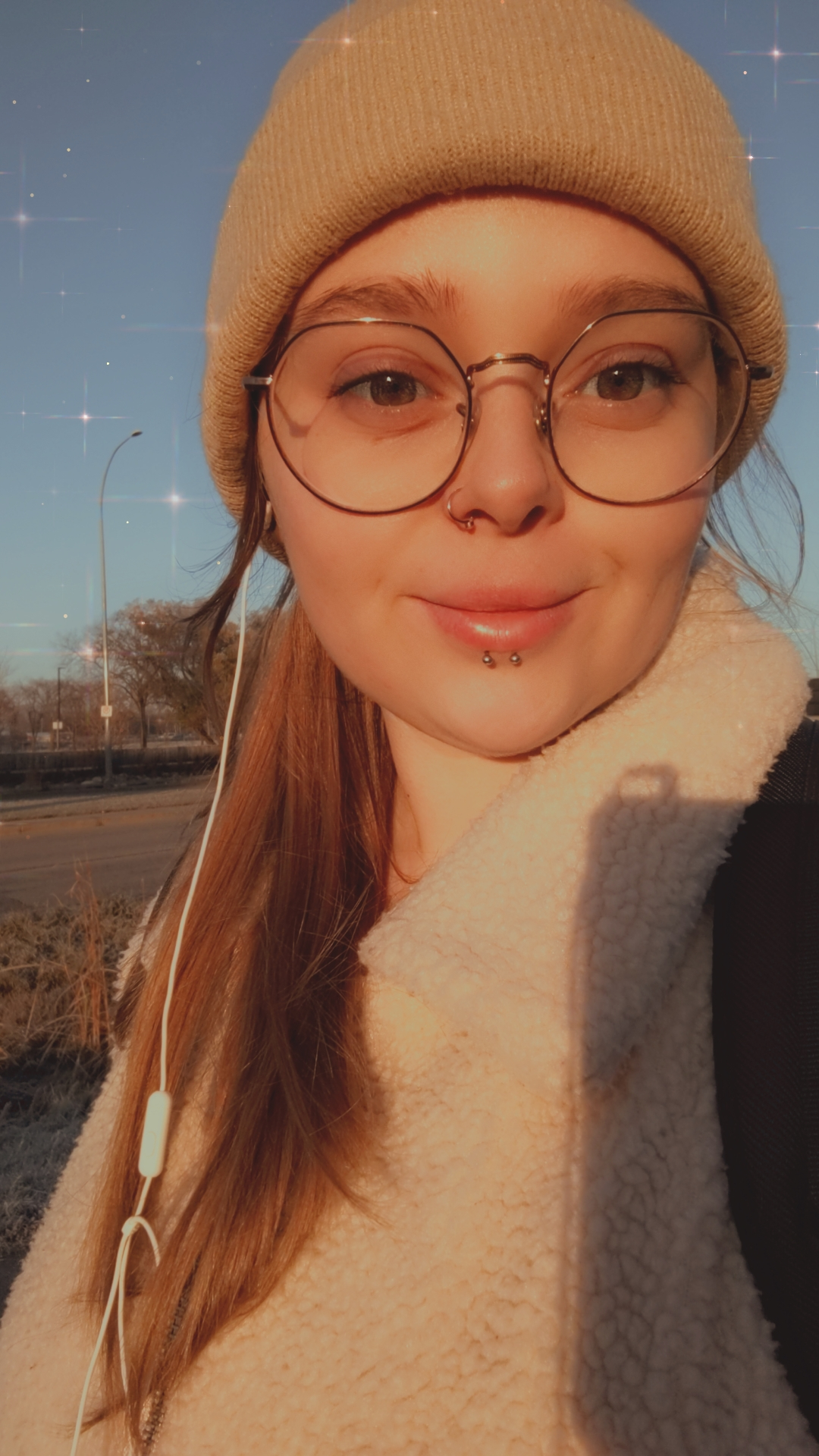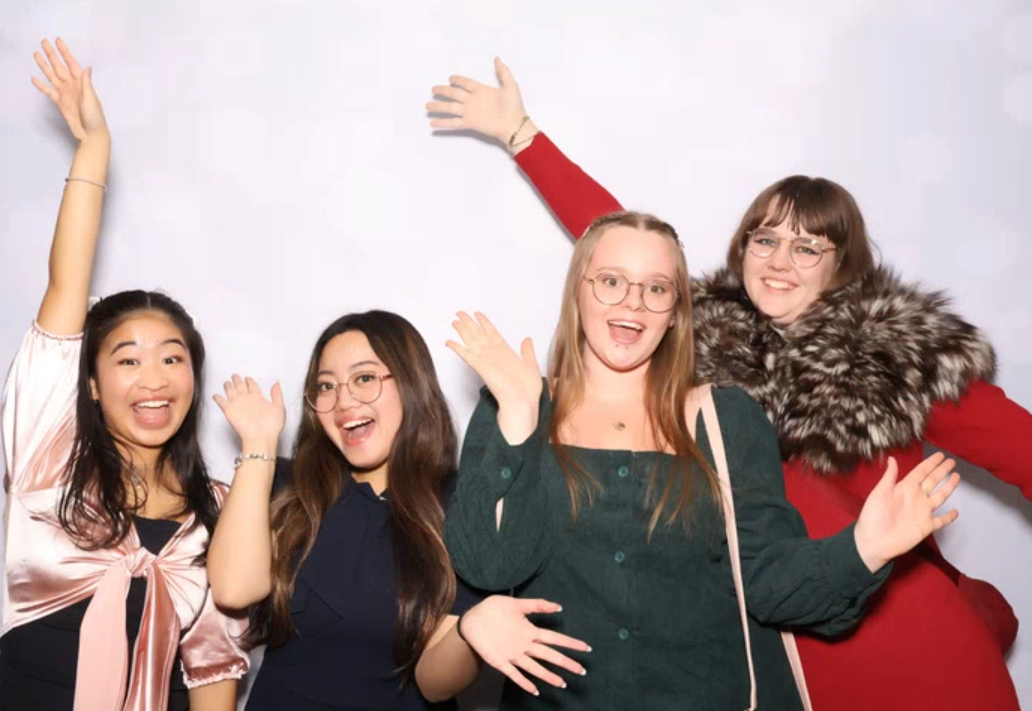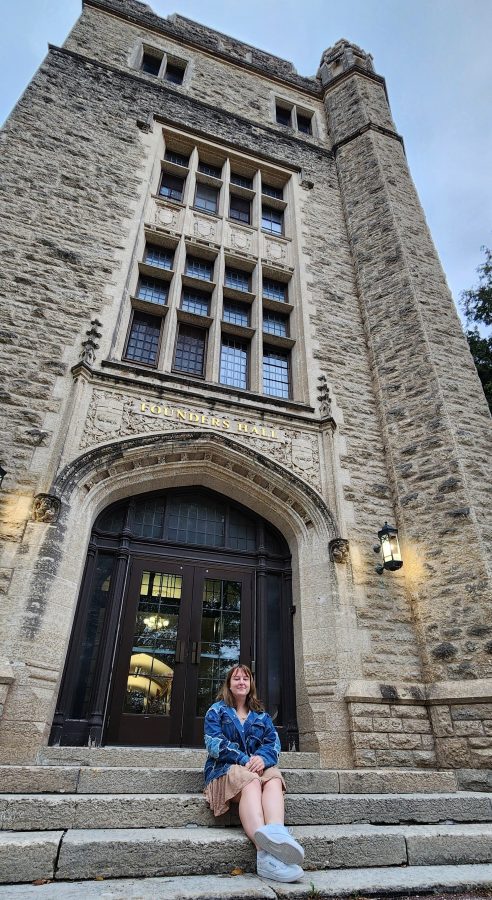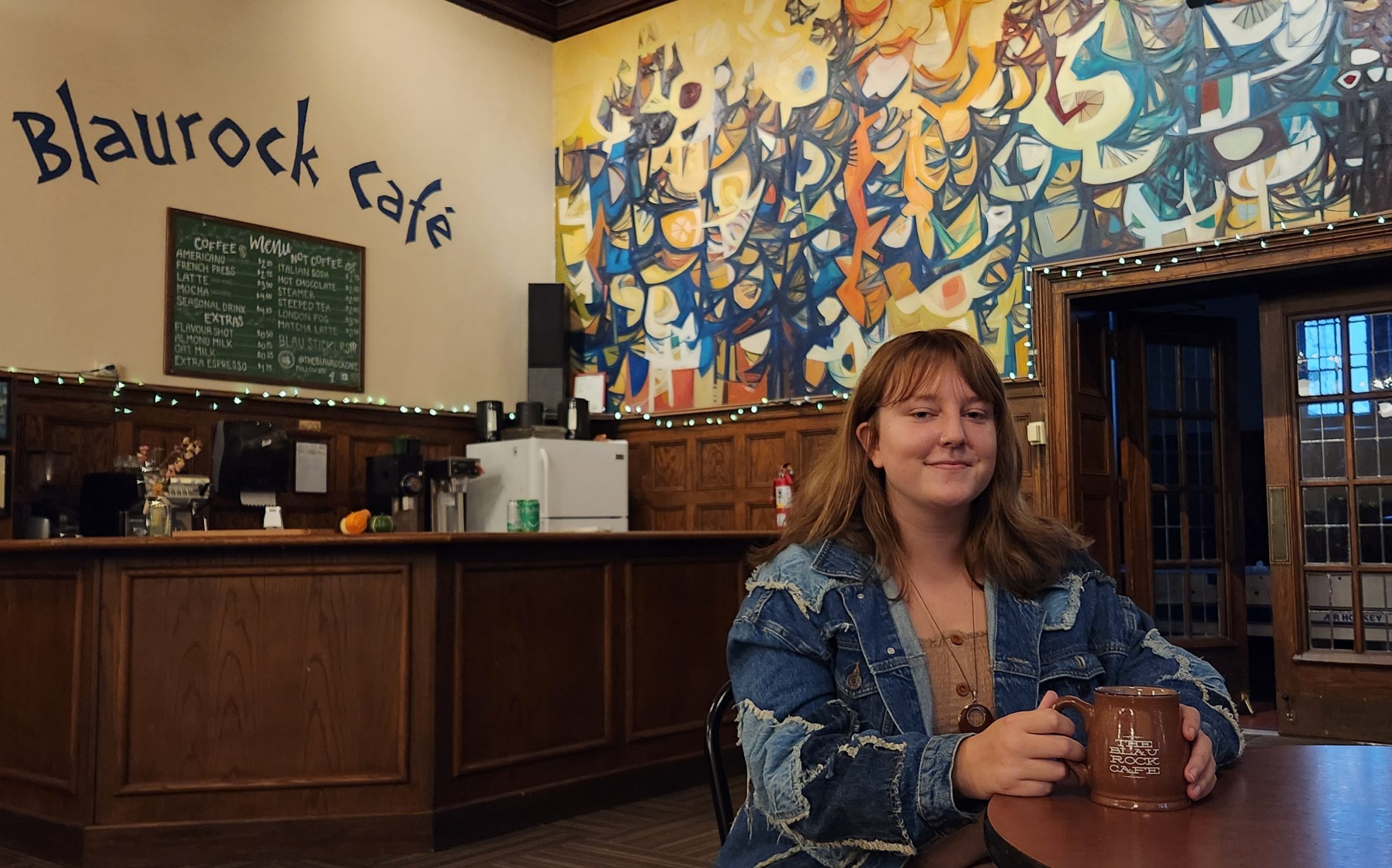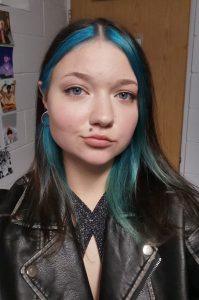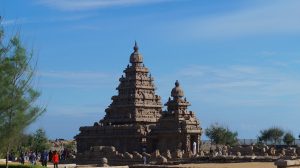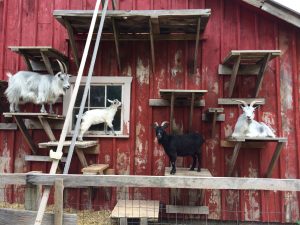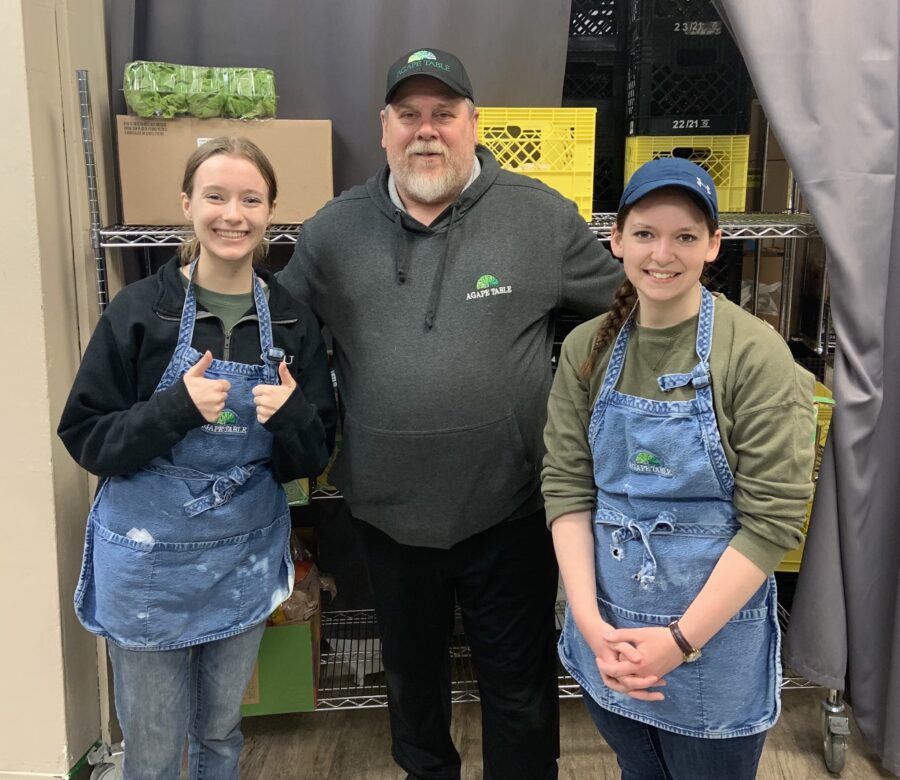Reading week is something that every student looks forward to. Whether you’re visiting home or staying on campus, it is a time for relaxing, hanging out with friends and family, catching up on sleep, having fun, and, well, reading.
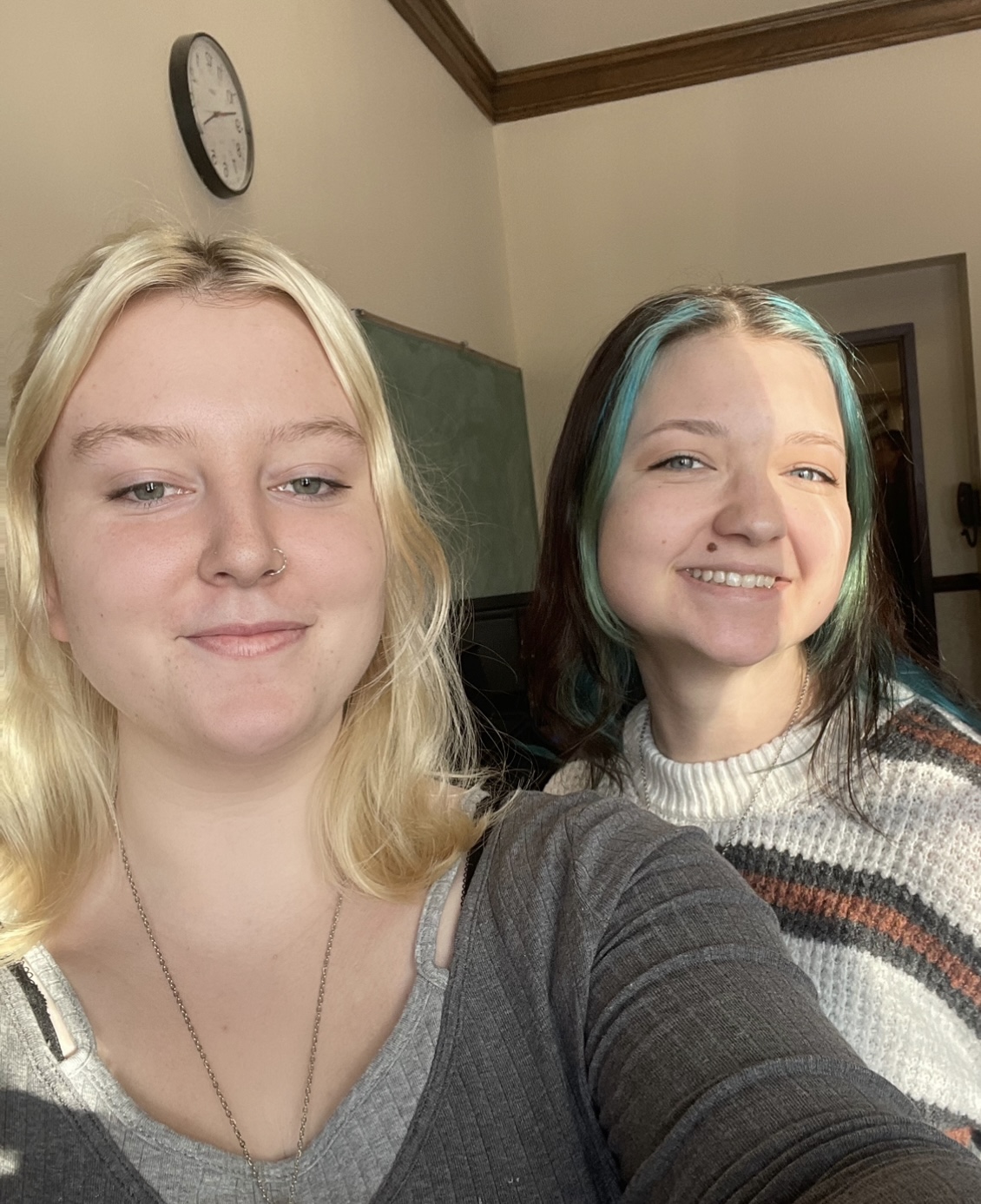
Good study habits are important, but what second-year student and Poettcker Hall resident Shusmita Shovona took away from the fall semester reading week was the chance to have a fun time with the different residence events that were planned out. “My favourite events were the movie screening and sleepover in the lecture hall, and gargon.” For context, gargon is a student-created game where you run around the north side castle at nighttime with an objective that changes every year, while being chased by enemies.
Shusmita valued rest and fun as equal to studying during the break. “I studied a lot, but I had to treat it as a bit of a break too. That way, I’ll do better after reading week. It helps you feel refreshed and maybe a little bit more ready for the exam season.”
There were other events for residence students all week, including arts and crafts, an IKEA run, a trip to Pan Am Pool, and a scheduled cathartic scream in the Assiniboine Forest for those who just needed to let something out.
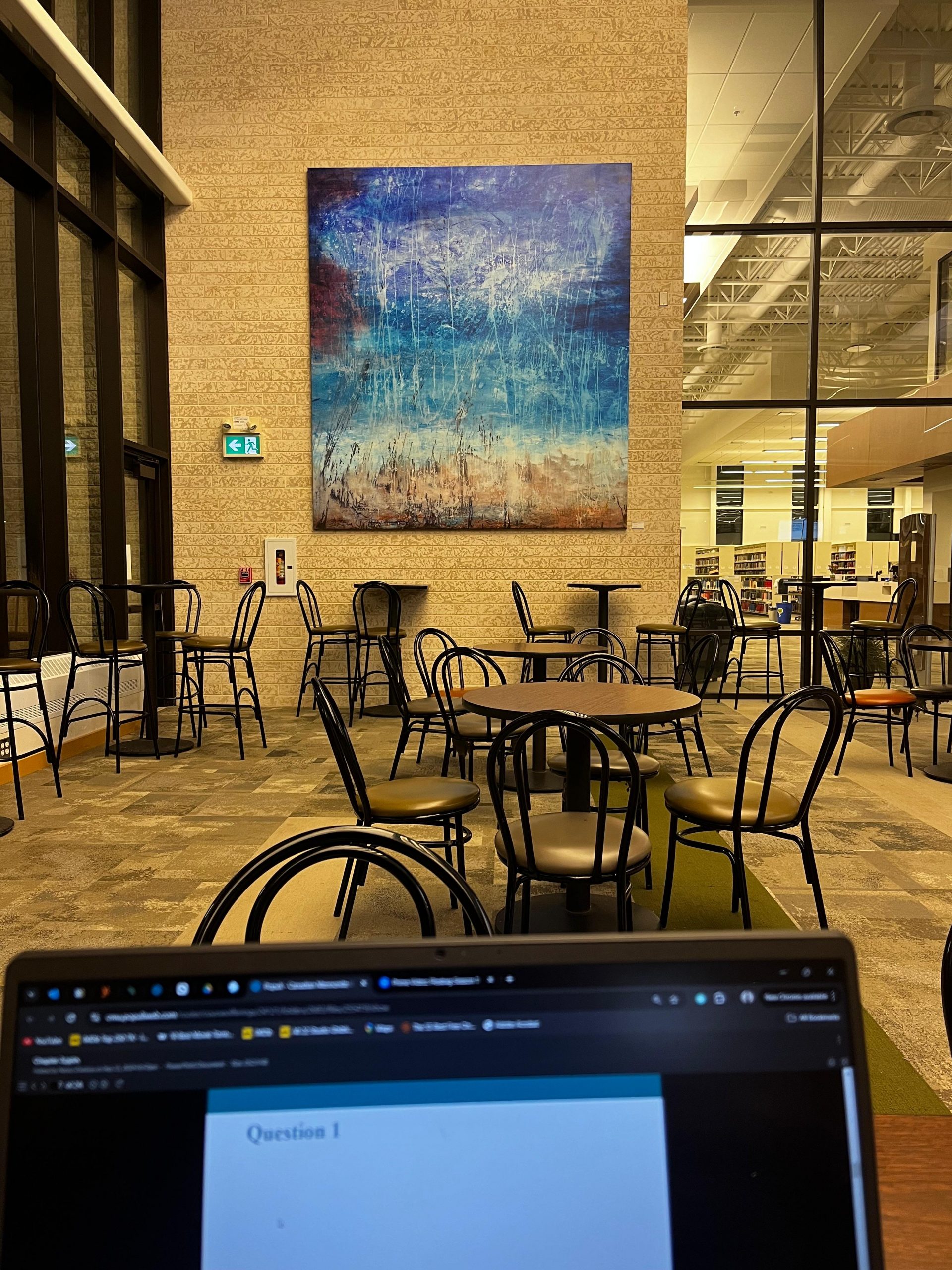
Trinity Kennedy, a second-year commuter student, spent her time catching up on some schoolwork and relaxing. “I love reading week. I got stuff done around the house, did some reading, and hung out with my friends a lot.” But how can a student make good study habits? Especially when there’s so many fun things to do and much more opportunity to relax. “I like to use the Pomodoro Technique. I set aside time in my day for it. Basically, you set a timer for 25 minutes and work until the timer goes off. Then you take a five-minute break. Repeat that four times and then take a bit of a longer break. I’ve found having a strict schedule like that works really well for me.”
For the upcoming winter semester reading week, student Cloe Penner has taken the initiative on a Mennonite Disaster Service (MDS) volunteer trip. Before the COVID-19 pandemic, these trips were held annually, organized between CMU Student Council and MDS. Cloe got involved through Residence Director Gibo Shim, and was asked if she would be interested in organizing a trip for the winter semester. “I had done a trip with MDS before and was excited to get it going!”
“MDS is an organization founded in the Anabaptist tradition that goes around North America, providing help to people and communities that have been hit with disaster,” Cloe says. With their Canadian offices being on CMU’s campus and with Cloe spearheading the trip, this volunteer opportunity has been accessible to many CMU students.
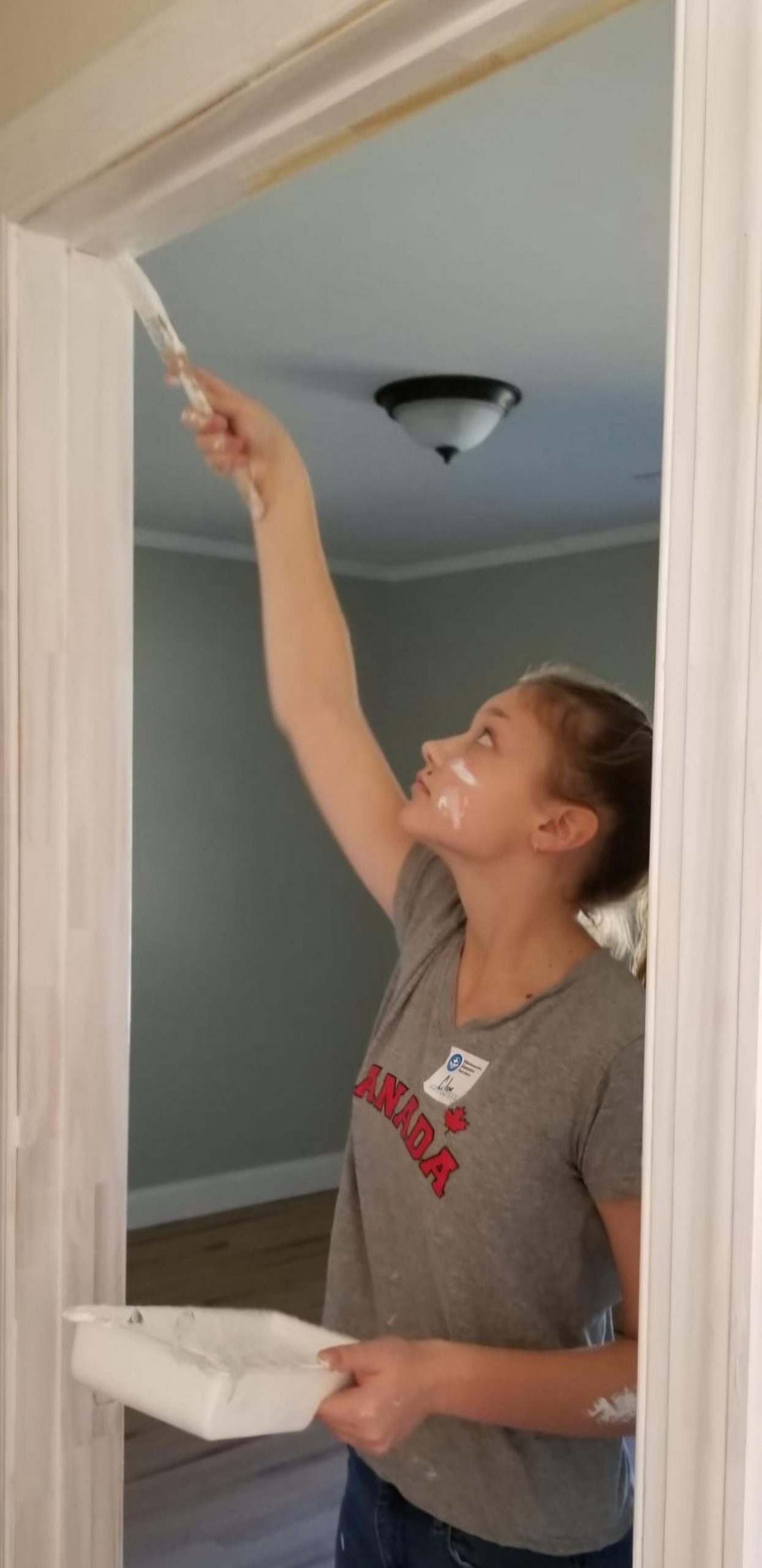
Cloe and the nine other students who volunteered, as well as the residence director, will be heading to Selma, Alabama in mid-February. “…A bunch of tornados and other natural disasters hit [Selma] a while ago. We are there for the entirety of reading week to help out in any way that we can,” she says. “For the most part, we will be doing house repairs, drywall, flooring, clean-up, that sort of thing.”
In conclusion, reading week at CMU is more than just a break from classes; it’s a time for students to recharge, engage with their community, and cultivate new experiences. Whether it’s participating in fun residence events, honing study techniques, or volunteering for a meaningful cause, students find various ways to balance productivity and relaxation. Ultimately, reading week serves as an opportunity to reset—physically, mentally, and emotionally—preparing students for the challenges and opportunities of the semester ahead.
Emma Williamson is a second-year Bachelor of Arts student, majoring in English.

